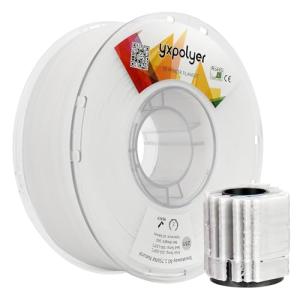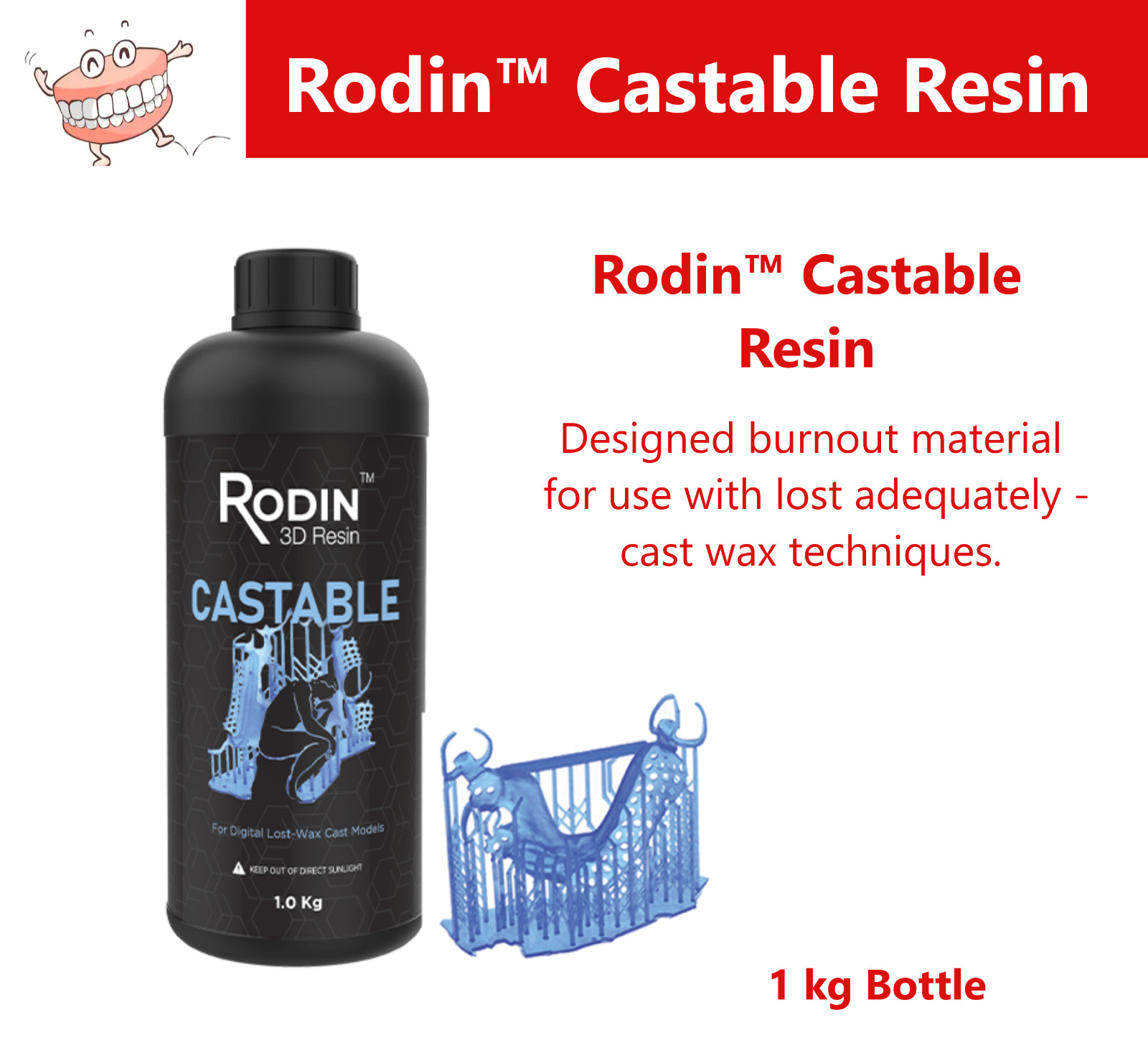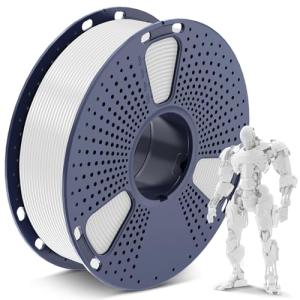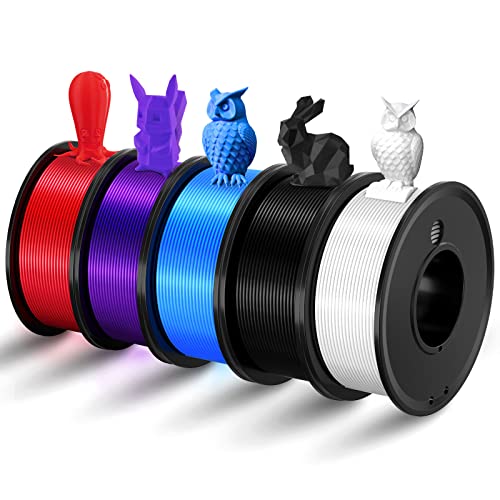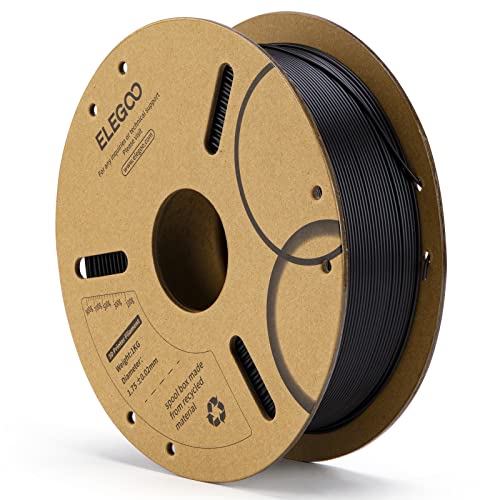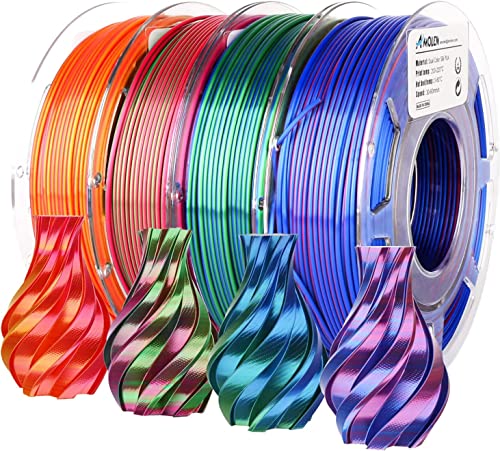When it comes to 3D printing, choosing the right 3D printing material can make all the difference in your project. Each material brings its own set of properties, so it’s smart to know what’s available before diving in. Let's break down some of the most common materials you'll encounter.
PLA (Polylactic Acid) is one of the most popular 3D printing materials, especially for beginners. It’s made from renewable resources like corn starch, which makes it biodegradable. PLA is super easy to print with, has a low risk of warping, and comes in a variety of colors. If you're just starting out and want to make fun, decorative items, this is your go-to choice.
ABS (Acrylonitrile Butadiene Styrene) is another well-known material, often used for things that need to be tough, like toys and automotive parts. It’s more heat-resistant than PLA and can withstand tougher conditions. However, ABS can warp during printing and has a bit of a strong odor, so make sure you have good ventilation if you choose this material.
If you need something even tougher, PETG (Polyethylene Terephthalate Glycol) might be your best bet. This material combines the best of both worlds, offering strength and flexibility. It's great for functional parts and can handle some abuse without cracking. Plus, PETG is resistant to moisture, making it perfect for items that might get wet.
Finally, don’t overlook TPU (Thermoplastic Polyurethane). It’s a flexible material that can stretch and bend without breaking. Think about items like phone cases or wearables that need to have some give. TPU can be a little trickier to print with, but the results are worth it if you need that extra flexibility.
Pros and Cons of Common Materials
When it comes to 3D printing, the material you choose can really make a difference. Let’s break down the pros and cons of some common 3D printing materials so you know what to expect.
PLA (Polylactic Acid)
PLA is a popular choice for beginners. It’s easy to work with and prints smoothly. Here’s what you should know:
ABS (Acrylonitrile Butadiene Styrene)
ABS is tough and widely used, especially for functional parts. Here are its ups and downs:
PETG (Polyethylene Terephthalate Glycol)
PETG combines some of the best features of both PLA and ABS. Check this out:
Choosing the right 3D printing material helps avoid frustrations down the line. Think about what you’re making, how you want to use it, and go from there!
Breakaway Support Filament for Easy 3D Printing
Say goodbye to messy supports and hello to smooth, hassle-free printing with this easy-to-use breakaway support filament
Product information
$29.99
Product Review Score
4.61 out of 5 stars
41 reviewsProduct links
How to Pick the Best Option
Choosing the right 3D printing material can feel overwhelming with so many options out there. But don’t worry, let’s break it down together. First, think about what you want to make. Are you creating something for a display, a functional part, or maybe a prototype? Each project has its own needs, and that will guide you toward the best 3D printing material.
Next, consider the properties of each material. For example, if you need something super durable, you might want to go for ABS or Nylon. If it’s a project that needs to look good, PLA is a great choice. It’s easy to print with and comes in lots of colors. And if you’re into something a bit more fancy, there are specialty filaments like TPU for flexibility or PETG for a balance of strength and ease of use.
Also, think about the printer you have. Not all printers can handle every 3D printing material. Check your printer’s specifications to see which materials are compatible. If you’re using a beginner-friendly printer, stick with PLA or PETG, as they’re generally easier to work with. On the other hand, if you're a more experienced user, playing around with ABS or Nylon could be worth your time.
Finally, don’t forget about post-processing. Some materials, like ABS, can warp or need a bit more care after printing. If you’re looking for something that you can just print and be done with, PLA is your buddy. Think about how much time you want to spend after the print is done because that can totally influence your choice of 3D printing material, too!
Dental Rodin Castable Resin for 3D Printing 1 Kg
Create precise dental models and restorations with this easy-to-use castable resin
Product information
$269.95
Product Review Score
4.5 out of 5 stars
213 reviewsProduct links
Tips for Material Selection Success
Choosing the right material for your 3D printing project can make a world of difference. It’s not just about picking something that looks cool; you need to consider what you’re actually making and how you want it to perform. Here are some solid tips to help you nail that 3D printing material selection.
First off, think about the purpose of your print. Are you making a prototype, a functional part, or maybe a decorative object? Different 3D printing materials serve different needs. For example, PLA is great for beginners and works well for most standard prints, while ABS is tougher and better for functional components. Knowing what you want your finished product to do makes the decision easier.
Next, consider how you plan to use your print. If it’s going to be exposed to heat or moisture, you’ll want something more durable. Materials like PETG are excellent because they resist impact and can handle a bit of heat. If it’s just for show, you might stick with something simpler and easier to print like PLA.
Don’t forget to think about your printer’s capabilities! Not all printers can handle every type of 3D printing material. Check your printer’s specs for maximum temperature and supported materials. Some printers need upgrades or special settings for materials like nylon or TPU. Choosing a material your printer can handle will save you a ton of frustration.
Finally, budget matters. While it’s tempting to go for the fanciest material out there, you want something that fits your wallet too. There are plenty of affordable options that deliver great results. Do a little research on different materials and their costs to find the best fit for your project. Happy printing!
